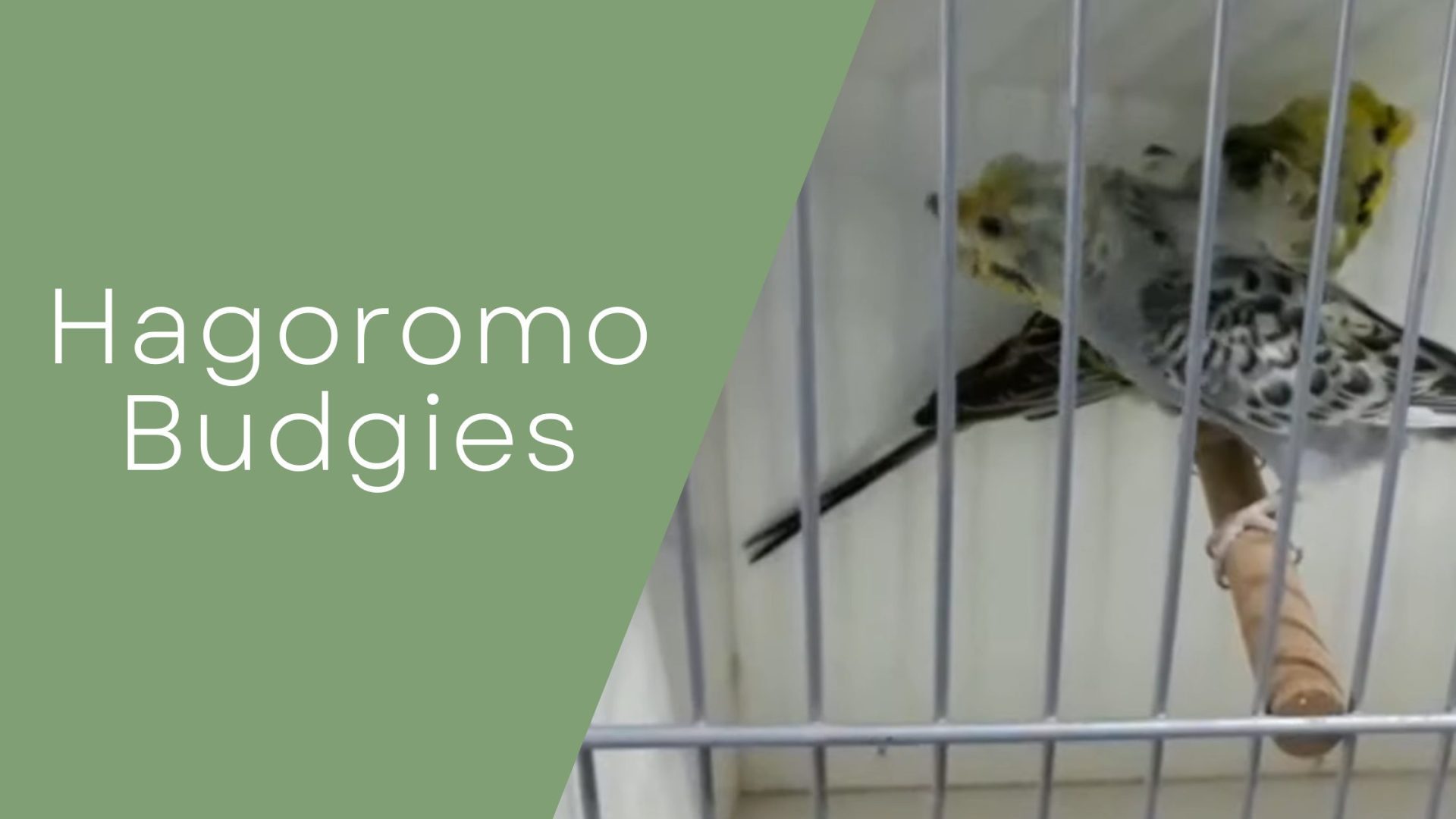In Japan in 1960, the first Hagoromo or helicopter budgies got bred and created. Hagoromo term comes from the feathery kimonos of tannin, gods in Japanese Buddhism. Moreover, they are the result of a common budgie’s development and mutation.
On their backs, these budgies have feathers that resemble flowers. Generally, 18 feathers have petals facing various approaches, back ruffles between the flowers, and crests on their head.
The mutation has developed into various kinds of these budgies through human selective breeding techniques.
Identifying Hagoromo Budgies
Budgies called hagoromo to have crests on their heads, back feathers resembling flowers, and back frills, which helps humans easily identify them. At first glance, some mutations and changes in the budgie species are difficult to spot.
- You must look closely and notice the details carefully for further information on these budgie’s mutations.
- It is simple to identify but challenging to find the hagoromo budgie mutation in the wild. Moreover, these budgies are the most recognizable because they have crests on their heads and back feathers that resemble flowers.
- Also, Budgie collectors are constantly coming up with new names for new types with various appearances.
Hagoromo vs. Normal Budgie
The mating of crest and ornithopters birds results in the creation of hagoromo, often known as helicopter budgies. Additionally, They have a rose flower-like formation made of disrupted crested feathers on their back, giving them a crest-like look.
Budgies are often bright green with black bars on their wings, backs, and heads in the wild. Plus, Males typically have a bluish cere, whereas adult females typically have a brown or beige cere, the flesh region surrounding the nostrils.
Facts About Hagoromo Or Helicopter Budgies
- The mating of crest budgies creates these budgies, often known as helicopter budgies. Also, They have a rose flower-like formation made of disrupted crested feathers on their back, providing them with a crest-like look.
- Crested birds, or Floral budgies, have exceptionally good genetics. For a crest to get noticed, the genetics components are crucial. Additionally, The crest won’t get apparent if the bird exhibits one characteristic. Only a bird with a double factor can see it.
- Consequently, Budgies with the distinctive crested budgie mutation are the source of these unique budgies. This mutation happens naturally, unassisted by human involvement. But human effort is sometimes required for the mutation to develop these budgies.
- They feature rear frills between flowers and feathers that look like flowers and have an exquisite appearance. Additionally, Human selective breeding techniques have resulted in various mutation variants.
- This variety of budgies has flowers on its head and ruffles on its back. Mainly, Cross-breeding over the years gave breeders a variety of new types. These two instances of successful breeding outcomes for these hagoromo budgies.
FAQs
- What is a helicopter budgie?
Helicopter budgies are the other name for Hagoromo budgies. They get originated from Japan in 1960 and have flowers resembling feathers on their back. Also, They have a stunning appearance, and most breeders obtain them by cross-breeding. Hagoromo, or Helicopter budgies, are present in many varieties worldwide. Their appearance easily recognizes them.
- How long do hagoromo budgies live?
A properly taken care of budgie can live for more than ten years. These budgies in captivity often live around eight years. Additionally, they may live for around 20 years in certain scenarios.
- Can we breed a hagoromo budgie with a normal budgie?
You can obtain visual results if you combine a normal budgie with a double-factor hagoromo budgie. If breeders mate two crest-bred birds, i.e., a double factor bird and a visual crest bird, you will have a chance of getting a hagoromo.
Conclusion
Lastly, breeding crowned and ornithopter birds have created the unique variant known as hagoromo budgies. Also, They have a rose floral formation made of disrupted crested feathers on their back, providing them a crest-like look.
Hence, It is preferable to hand-tame one budgie at a time when it is still a young bird, between six and twelve weeks old. Being the unique budgies who live in groups in the wild, budgies typically get happier in a pair in a cage than a single budgie. You may also check interesting facts about budgies
